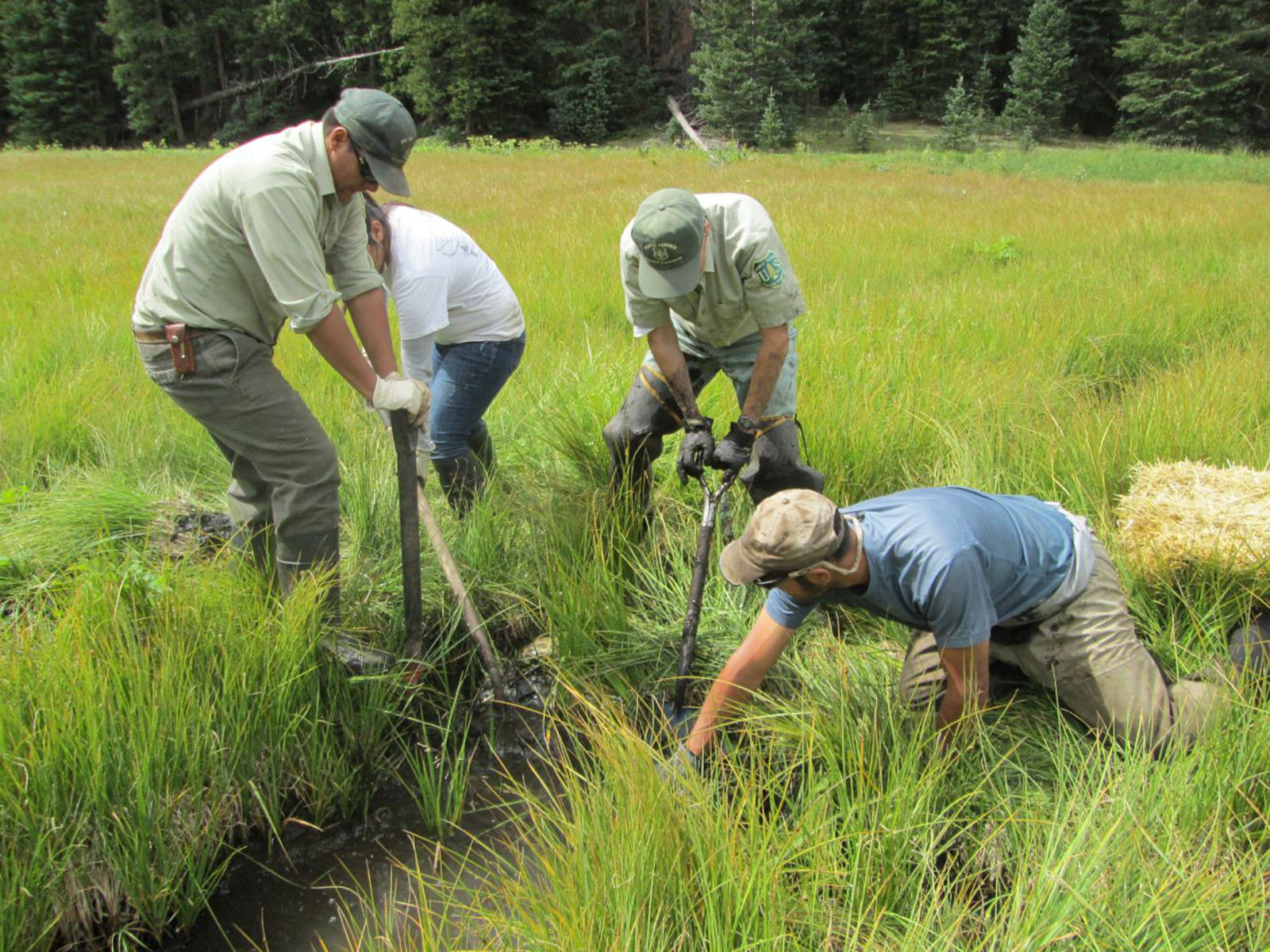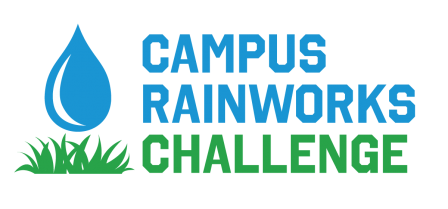Donaldson Run is a stream in Arlington County that connects with the Potomac River and eventually the Chesapeake Bay. To fix serious erosion problems, the County collaborated with the neighboring civic associations to restore Donaldson Run’s Tributary A in 2006.
Donaldson Run is located in an urban watershed with relatively high impervious surface cover and steep slopes. Within just a few minutes of a heavy rainfall the stream experiences a strong surge of stormwater.
The stream valley itself is also quite steep. Due to steep slopes and high stormwater surges, Donaldson Run developed severe erosion problems over the past 30 years. The stream eroded its bed and banks by several feet, resulting in streambanks as high as 8 to 10 feet in some places.
Erosion undermined trees along the bank and many fell into the stream or along the trail.
A major sanitary sewer line—originally buried about 3 feet below the streambed—was also exposed and had broken at least once, allowing untreated sewage to leak into the stream before it was repaired.
Hardening streambanks is the typical practice for dealing with stream erosion like this. Along portions of Donaldson Run, Arlington County used rocks to try to control the erosion. But, patching one area of erosion simply shifted the energy and erosion problems downstream.
In healthy streams, there is a balance between sediment transported in and out of the stream. With greater flow, more sediment is exported than enters the system. The result is stream erosion.
The new stream design took into account scientific studies on how width, depth, slope and curves of natural streams affect their flows. The restored stream was engineered to handle the specific storm surges of the Donaldson Run watershed.
Stream restoration designers use 3 main mechanisms to slow stream flow and prevent erosion. First, they design curves that help absorb energy as the water flows downstream.
Another key technique is reducing the stream slope using structures called step pools and cross vanes. These structures literally ‘step’ the stream down the steep valley. Water falling over the rocks into the pools below also helps to dissipate energy, as well as oxygenate the water and create animal habitat.
The third element is ‘reconnecting’ the stream with a floodplain area, allowing water to spread out and slow down across these relatively flat, vegetated areas.
To implement these three main elements of stream restoration, the stream channel and floodplain areas are completely re-built during the construction process. Stream restoration construction is definitely a disruptive process that requires heavy equipment for grading and rock installation.
While some trees had to be removed to make space for the new streambed, many were those already threatened or damaged due to erosion.
Contractors used biologs and biodegradable mats to stabilize the new streambanks and floodplain areas to allow time for the new plantings to grow.
Establishing a new vegetation community in the stream valley takes time and follow-up during the first few years after construction. The vegetation took hold and grew extensively in the first 2 years after completion. Today, the plants are flourishing and the restored portion of the stream has remained stable.
When it rains, a comparison of the restored stream and an unrestored tributary clearly shows improved stability. There is much more sediment visible from ongoing erosion in the stream entering from the left, compared with the restored tributary that enters from the right. Restored streams prevent sediment and nutrients that damage habitat and water quality from moving downstream and into the Potomac and, ultimately, the Chesapeake Bay. Read more





